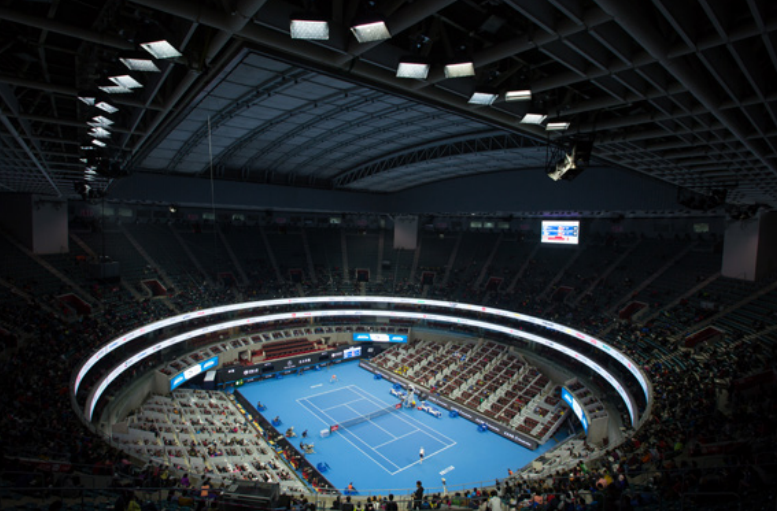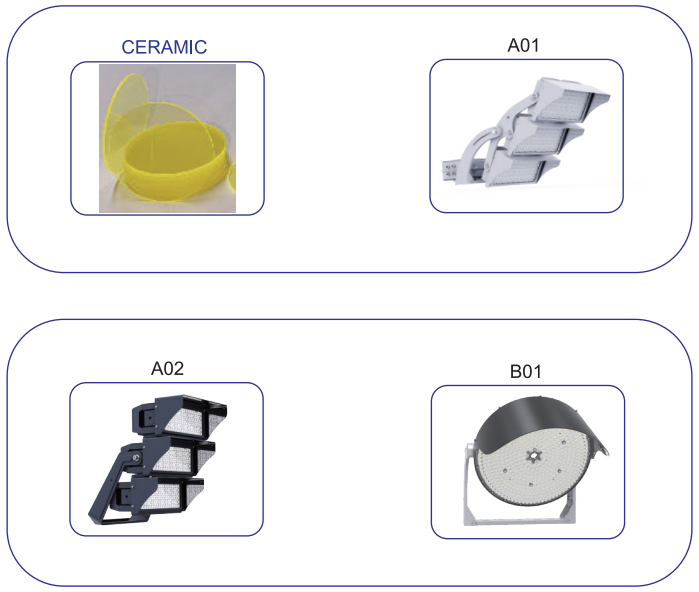When implementing LED lighting solutions, it is essential for managers to prioritize energy resource conservation and environmental protection as foundational principles. They should employ energy-efficient lighting strategies, minimize power generation, and strive for overall energy conservation. A comprehensive analysis of modern science and technology is necessary to evaluate the design quality, operational tasks, lighting equipment efficiency, and various aspects of sustainable lighting, thereby effectively mitigating light pollution issues.

1. Overview of LED Lighting Solutions
LED lighting solutions are commonly utilized in everyday applications. The compact design of LED fixtures allows for minimal material usage during production. These lamps offer numerous benefits, including reduced environmental impact, cost efficiency, extended lifespan, and low energy consumption.
(1) Robust and resilient. The LED chip is fully encapsulated in epoxy resin, providing exceptional durability. The fixture remains securely intact, making it more reliable than traditional lighting options.
(2) Energy-efficient and resource-conserving. The operational power consumption of LED lamps is typically below 0.1 W, effectively achieving the goal of energy efficiency. Their low power requirements alleviate the burden of energy conservation and emissions reduction in lighting applications, thus expanding the potential uses of LED technology.
(3) Environmentally friendly and non-toxic. LED lamps are free from metallic mercury, eliminating the risk of mercury ion leakage from broken bulbs. The epoxy resin used in LED manufacturing is an organic polymer compound that exhibits excellent physical and chemical properties in its solid state. It provides strong adhesion to both chips and metals without contributing to ecological pollution. Additionally, the light emitted by LED lamps is predominantly diffuse, which helps to minimize the likelihood of light pollution.
(4)Cost efficiency is a primary concern for stakeholders. While the initial investment for LED fixtures may be higher, their operational energy consumption is significantly lower, leading to reduced electricity costs and less frequent lamp replacements.
2. Development of LED Fixtures
The widespread adoption of LED technology has catalyzed significant advancements in lighting systems, fostering growth across various sectors and paving the way for sustainable lighting solutions. In the current economic landscape, it is essential for professionals to adopt a proactive approach, intensifying research into LED technologies and design methodologies. This involves aligning innovative principles with technical research and development, thereby facilitating a strong synergy between users and market demands.
It is crucial to assess potential challenges impacting the advancement of LED technology, while also evaluating its future prospects, market potential, and emerging trends. By adopting a forward-thinking perspective, we can enhance the integration of cutting-edge technologies to address the diverse operational requirements of various environments.
3. Ceramiclite tennis court lights
Sports light A01 Sports lights A02 Sports light B01

4. People Also Ask
Q: How many lights do you need for a tennis court?
A: Designing an effective lighting system for a tennis court involves balancing illuminance uniformity, glare control, energy efficiency, and compliance with sports lighting standards. The number of required fixtures depends on the lighting technology, court dimensions, and application requirements (recreational vs. professional)...more
Q: How many lumens do I need to light a tennis court?
A: To determine the appropriate lumen requirements for lighting a tennis court, several factors must be considered, including energy efficiency, glare control, and illumination uniformity...more
Q: What is the Best Lighting for A Tennis Court?
A: Designing best lighting for a tennis court requires balancing visibility, energy efficiency, and compliance with international standards. Drawing from the ITF Facilities Guide (2020), this article outlines the technical requirements, technologies, and best practices for achieving world-class illumination...more